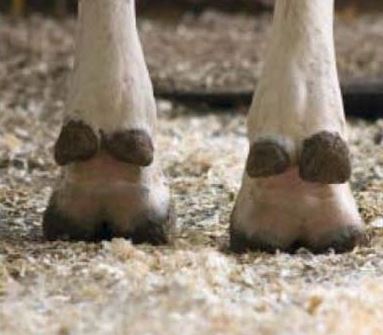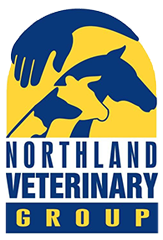 Wet conditions do not necessarily markedly increase lameness, though can often be a factor, and are more often blamed!
Wet conditions do not necessarily markedly increase lameness, though can often be a factor, and are more often blamed!
Problems due to poor race condition from flood damage can be minimized by letting the cows take their own time to get to the shed. Providing they can see where they are putting their feet, they will look after themselves pretty well.
This means:
- NO pressure on them when going to the shed – bike and dogs at least 2 fencepost gaps behind the herd.
- Draining wet areas of the track as much as possible so the cows are not walking through water or mud (as they cannot see the surface to avoid sharp stones, rocks etc). While this is not always possible, simply cutting away a “lip” of dirt on the edge of the track where water is pooling may be all it takes)
- Identifying and treating lame cows ASAP. Got early, most cows will need very little treatment , and no antibiotics, unless the foot is hot and swollen
- Not pushing them with the backing gate. It should only ever be used to close up the open gap at the back of the yard, NOT to actually push on the cows. If you see a lot of cows with their heads up in the yard, at feed bins – or anywhere else on the farm, they are under too much pressure, and will push and shove, causing lameness
- Having adequate feed bin space on the feed pad – ie at least 0.75 m bin frontage per cow
Ensuring cows standing off have adequate space and time to move about and to lie down (Good facts & figures on this on Dairy NZ website)
We are keen to provide training to farm staff on all aspects of lameness prevention, detection and treatment.

